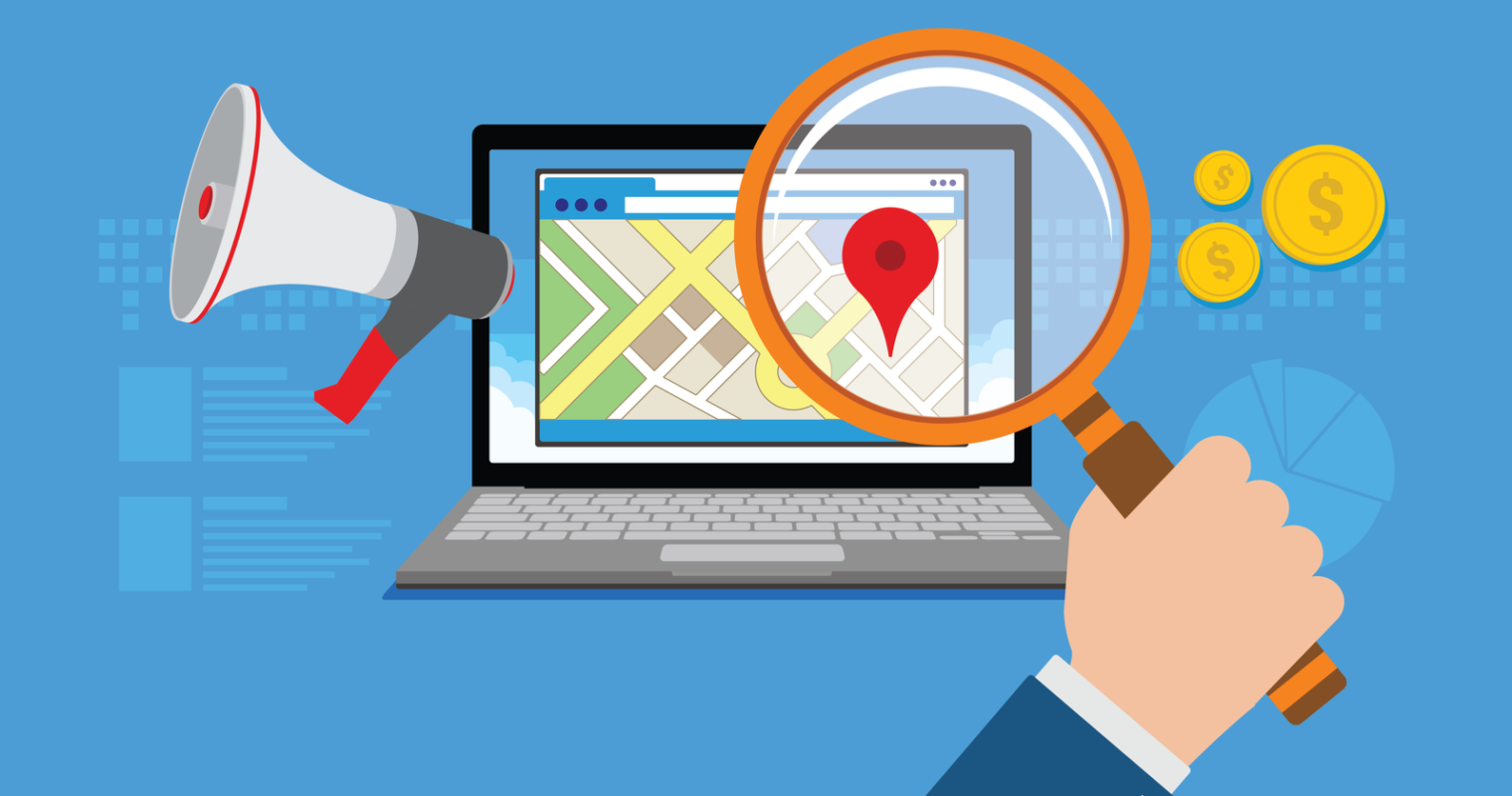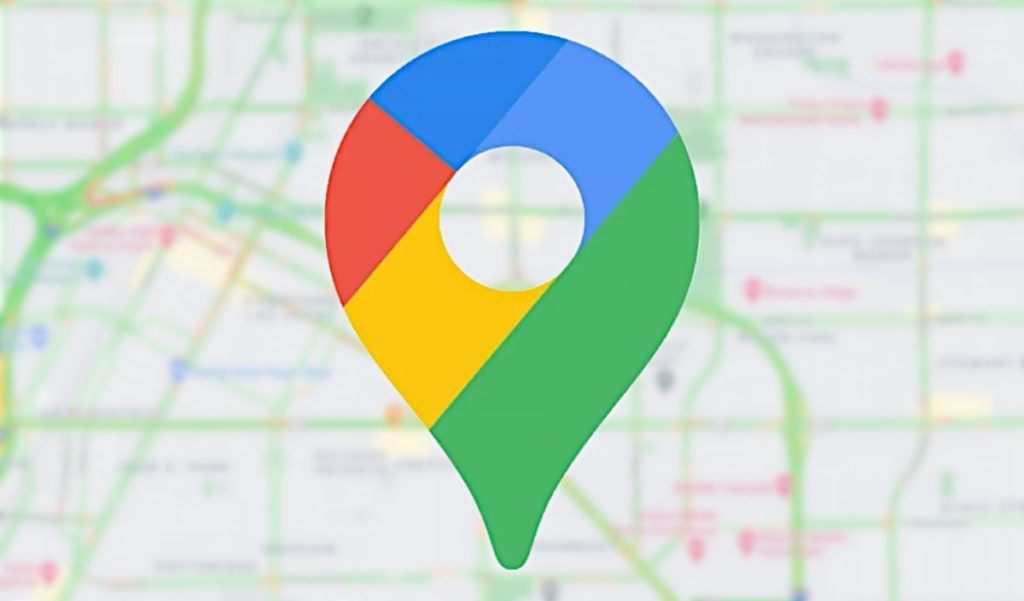
Getting a good position on map searches can be incredibly effective for small businesses who operate in a limited geographical area.
Firstly, if the map is shown then it’s usually at the top of the page and is nice and prominent. Higher than the straight organic search listings.
Secondly, more and more people are searching using the phrase “near me”. And if they use that phrase, then Google will usually show the map.
But the map only shows the details for the top 3 businesses, so how do you make sure you are one of them?
10 Top Tips for making the most of Google maps

You are struggling to rank your local business on Google, and you don’t know who to trust.
Google is changing its algorithm every day, and you don’t know what works anymore.
You can try local SEO Today, which will show you how to rank for your target keywords!
1. Register & Verify
Firstly, you have to register your business through Google My Business.
You need to verify that you are genuinely at the address you give – usually Google send you a card via snail mail with a code for you to enter.
If you work from home then you may be worried about registering your home address in this way. But I’ve had my own home based business listed on there for several years and I’ve never had a problem.
2. Choose the right category
Take some time to choose the right category for your business. The more accurate this is the better your results will be.
3. Complete your listing
Enter as many details as possible. Google likes listings to be comprehensive.
4. Add some photos
This will make your listing more attractive.
5. Be consistent with your details
One of the key ranking factors for Google maps are Citations. These are online references to your business and Google uses your business name address and phone number to find these.
Citations don’t need to be linked to your business’s website in order for you to be credited for them. So, having your name, address and phone number listed in plain text is fine.
BUT: For Google to recognize a citation properly those details need to match exactly. So you need to be consistent about them across the internet. That means on Facebook, on your website and on any directories.
6. Get listed on directories & review sites
Increase your citations by registering on sites like Yell and other local and industry specific directories.
7. Optimise your website
There’s limited information on your Google Business listing so make sure your website is properly optimised for SEO.
8. Have a review strategy
Reviews are vital for map search. As well as being a key ranking factor, having good reviews will encourage people to click on your business, whether it is digital marketing business, legal, or whatever industry you’re in.
Google will take reviews from a number of sources but not surprisingly the most important are reviews left on Google itself. Reviews from other trusted sources – such as Facebook – are also taken into account.
However, if local SEO and map search are important to you, then I highly recommend that you set up a process to request reviews on Google from your clients.
There is a button to “Write a Review” on your business listing. What I usually do is click this and then copy the link and email it to the client.
9. Build links to your website
I know – link building is hard work, but it matters for local SEO as well as the main organic search results. For example, if you’re looking to rank for SEO in Ireland, you should try to target that keywords with backlinks and also use relevant SEO Ireland anchor text that may increase the chances of ranking for the keyword.
10. Use Google Posts
This is a brand new feature this year and allows you to create updates directly on your Google local listing.
PS: Did you know that you can check your Google local listing performance directly (without trying to extract details from Analytics)? Just click on “Insights” from the menu while logged into your Business account.
Read More: The Fake Web is a Massive Issue for Content Marketers





